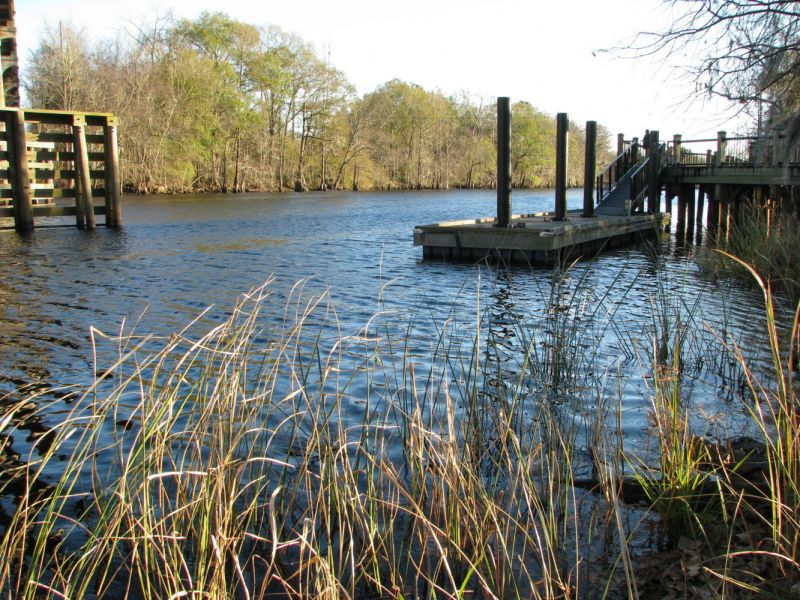New Test Helps Track Source of Bacteria in Water Bodies
Published on by Water Network Research, Official research team of The Water Network in Academic
A new bacterial DNA testing method offered by Clemson University can help municipalities and stormwater managers more easily pinpoint the source of fecal bacteria detected in lakes, rivers, and other surface water.

The new bacterial DNA testing method offered by Clemson University can streamline investigations.
Katie Callahan, director of Clemson’s Center for Watershed Excellence, and Steve Cole, director of Clemson’s Molecular Plant Pathology Detection Lab, believe the new test will help municipalities improve surface water quality and save time, money and resources.
“This new testing protocol allows our scientists to determine if the origin of fecal bacteria is swine, bovine, human or dog, which means that resource managers can be much more precise and efficient in finding the source of contamination,” Callahan said.
Called qPCR, or Quantitative Polymerase Chain Reaction testing, the process amplifies trace amounts of targeted strands of DNA to determine the source of fecal bacteria in surface waters.
“This new test allows us to use existing staff expertise and technology to determine, for example, whether bacteria came from swine or bovine,” Cole said. “We then report the results to the entity in charge of monitoring that watershed and they can investigate and take action.”
Speed is another advantage of the new test. Results take hours rather than days, which Callahan says is critical to reducing health risks from contaminated water.
“The testing gives municipalities information quickly to determine if a river, pond, lake or any other surface water body is unhealthy for recreation,” she said.
Scottie Ferguson, Pickens County stormwater manager, said the new test will help the county manage limited resources and establish priorities.
Read more: The News Stand
Media
Taxonomy
- Quality
- Testing Instruments
- Water Quality
- River Studies
- Lake Management
- River Restoration
- Water Quality Management